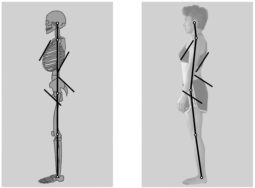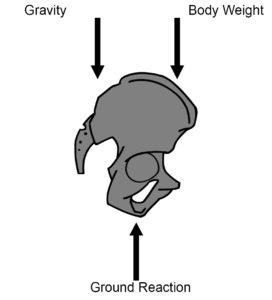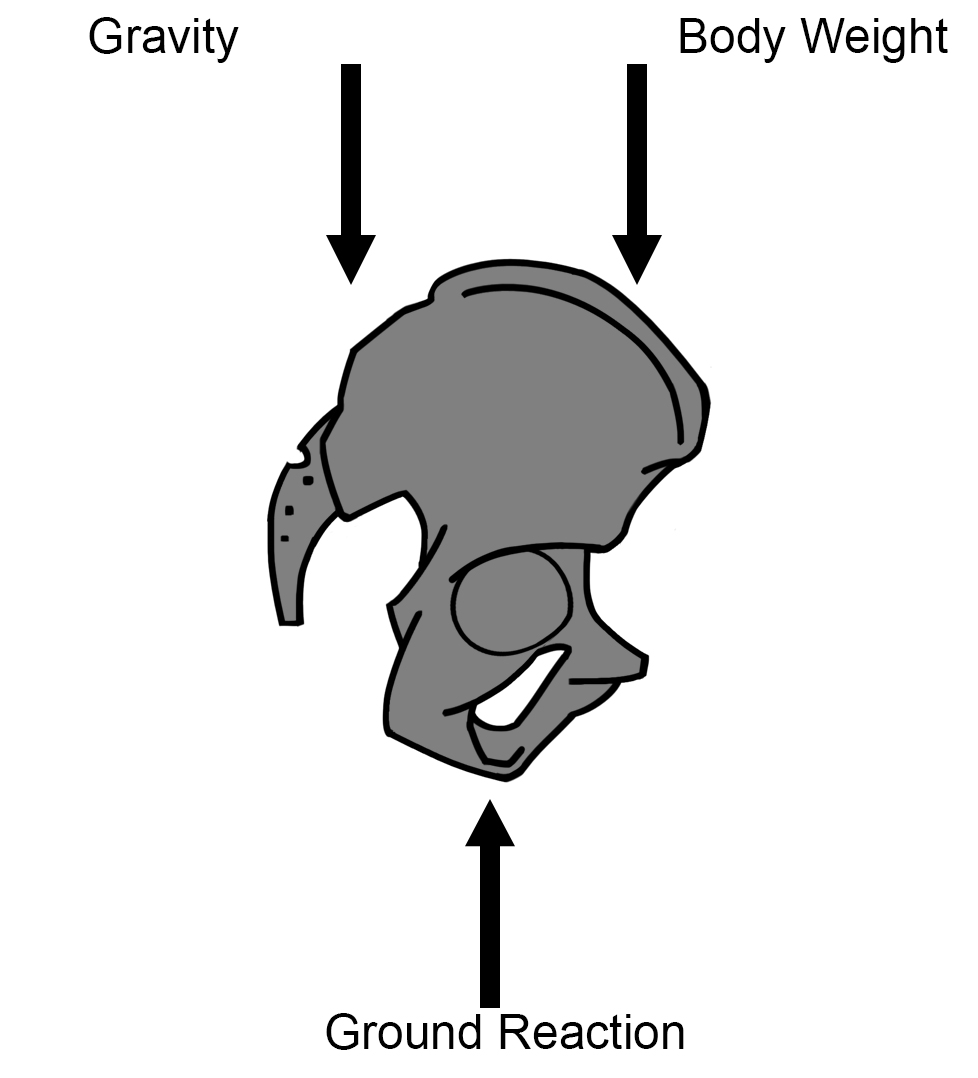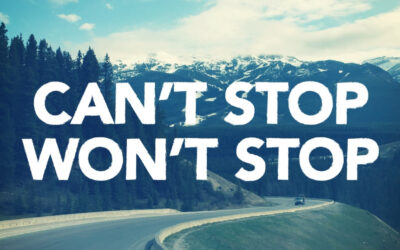Katy Bowman, a well-renowned movement biomechanist, has a great discussion about loads in her book, Move Your DNA.1 If you are into this sort of thing, definitely check it out. In her example, she demonstrates several ways to carry 13 pounds of pumpkin. Whether she carries one large pumpkin or several small pumpkins, the position in which she carries the fruit determines the load on her body. As she explains, the 13 pounds of pumpkin is not “the load.” Instead, she creates forces that affect load when she carries the pumpkin and moves. Thus, when she carries it on her head, she creates a different load through her load-bearing joints than if she were holding multiple pumpkins in front of her body or balancing the pumpkins at her sides. As Bowman says:
Every unique joint configuration, and the way that joint configuration is positioned relative to gravity, and every motion created, and the way that motion was initiated, creates a unique load that in turn creates a very specific pattern of strain in the body.1
When you have aligned posture, you send the unrelenting, downward force of gravity through your bones, making them stronger. Of course, good posture helps to prevent osteoporosis. However, when your body alignment deviates from this ideal, your muscles take on additional postural work, even before you move. If you’re misaligned, you are no longer using your bones for support. Instead, your muscles are holding your body up.
If you look at the image of my misaligned side view posture below, you can imagine the additional stress that I am placing on my lower back and neck muscles just to maintain an upright position against gravity. As you can see, my lower back and anterior (front) neck muscles are shortened. Meanwhile, the other side of the body shows the opposite effect. Here, my posterior (back) neck and abdominal muscles are lengthened. Since these muscles can’t relax when I’m upright, they just become tighter, more immobile, and more painful.

Now, if you take this distorted static posture into movement, it is clear that I’ll have problems. That’s because of the forces that the joints generate in response to activity’s load. For instance, hiking creates a load on my joints as I carry my body weight through space. The hiking movements create forces that transmit throughout my body. For example, when my hip and knee joints are not aligned correctly, these forces, including gravity, will be directed through the joints at awkward angles. As a result, I will deal with increased strain, breakdown, and inflammation in the soft tissues (including the cartilage) that surround the joints.
 In most sports, however, force is also coming from the ground up. We refer to this upward force as ground reaction force (GRF).2 To explain, GRF counters gravity and body weight, as shown in the figure to the right. For example, when we hit the ground while running, the ground hits us back. Newton’s Third Law of Motion explains this: “For every action there is an equal and opposite reaction.”2 If this upward GRF encounters a postural deviation or “weak link” in the body, such as a knee or hip that rotates inward or a back that arches too much, it will cause pain and injury in this area of the body.3
In most sports, however, force is also coming from the ground up. We refer to this upward force as ground reaction force (GRF).2 To explain, GRF counters gravity and body weight, as shown in the figure to the right. For example, when we hit the ground while running, the ground hits us back. Newton’s Third Law of Motion explains this: “For every action there is an equal and opposite reaction.”2 If this upward GRF encounters a postural deviation or “weak link” in the body, such as a knee or hip that rotates inward or a back that arches too much, it will cause pain and injury in this area of the body.3
So, in other words, if you want to avoid pain and injury, you need to work on your alignment!
- Bowman, K. (2014). Move Your DNA. Restore Health Through Natural Movement. Carlsborg, WA: Propriometrics Press.
- Romanov, N. (2008). Pose Method® of Triathlon Techniques: Become the Best Triathlete You Can be 3 Sports – 1 Method. Coral Gables, FL: Pose Tech PressTM.
- Dryer, D. [Chi Running]. (2009, February 23). How to Avoid Heel Strike: Video Instruction by Chi Running’s Danny Dreyer. [Video file]. Retrieved from https://www.youtube.com/watch?v=rkUqkdPQHis



